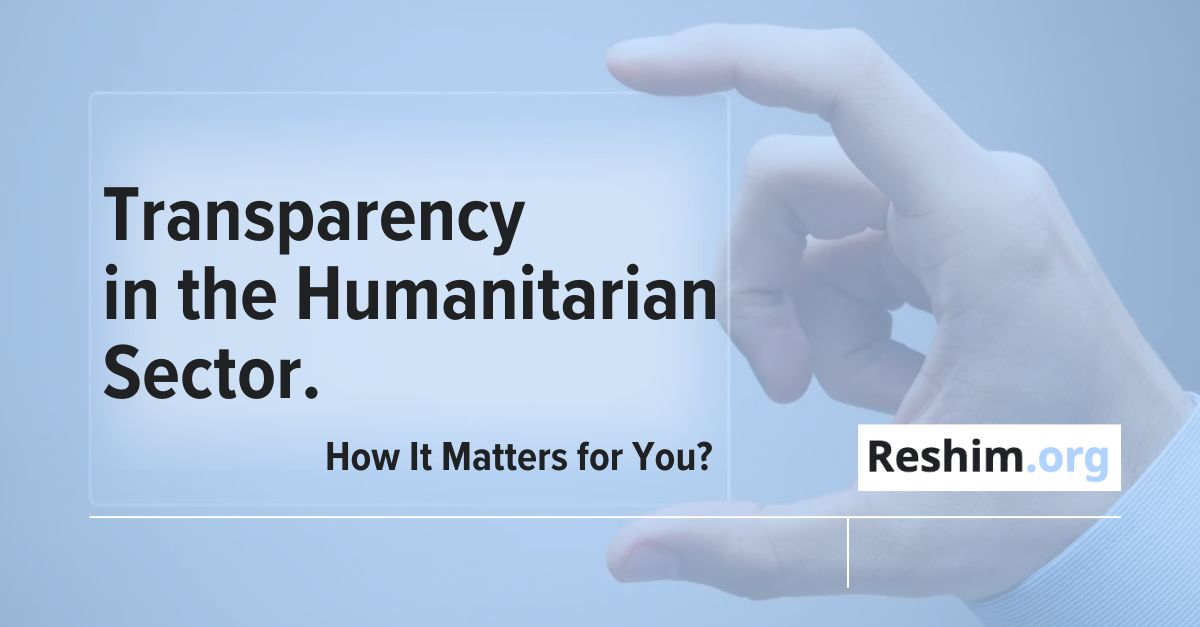You've probably heard the term "transparency" tossed around a lot in discussions about humanitarian and nonprofit work. But what exactly does it mean, especially if you're a young leader or part of a budding team in this field? Let's break it down and see how transparency can make a difference in attracting more volunteers, donors, and partners.
Breaking Down Transparency:1. What We're Achieving - Goals & Results:
Transparency kicks off with clear communication about your actions and what they're achieving. It's about being honest about the projects you're taking on and the outcomes you're producing. Showcase your progress, celebrate your successes, and openly discuss the hurdles you encounter. Transparency isn't just about flaunting big results; it's also about explaining why your goals matter and painting a vivid picture of the positive impact on the lives of those you're helping. For example, you can share a compelling story of how your project changed someone's life.
2. Who's Behind It - Leader and Team Background:
You and your team, the individuals driving a humanitarian project, are incredibly important. Share information about your background as a leader and the expertise your team brings to the table. Highlight your relevant experiences, skills, and qualifications. Potential volunteers, donors, and partners are more likely to engage when they feel a personal connection. Sharing your aspirations, personal achievements, and challenges can foster that connection.3. Why We're Doing It - Ambitious Vision:
Transparency also involves being crystal clear about your mission and vision. How do your organization's goals contribute to the greater good? Having ambitious and inspiring objectives can attract individuals and organizations who share your passion for making a meaningful impact.
Research has consistently shown that transparent organizations tend to draw in more volunteers, donors, and partners. However, it's important to note that people aren't looking for heaps of information, numbers, complex reports, or fancy press releases. What they truly seeks is trustworthy, relevant, and easily understandable information about how your team is making a difference, who you're helping, and how you're doing it. Some insight into your personal journeys and aspirations can also go a long way in building trust.
The Shorter Ever Transparency Checklist:
Here's a quick checklist to assess how transparent your humanitarian or nonprofit project is:
Clearly Defined Goals & Results: Are you effectively communicating what your project is accomplishing and the impact it's having?
Team Profiles: Have you shared information about your team members' backgrounds and qualifications? (Remember, personal security might require team members to remain anonymous, but they can still showcase their professional side.)
Mission and Goals: Is your organization's mission and vision well-defined and inspiring?
Financial Transparency: Are you open about how donations are utilized? For small grassroots teams, posting on social media with details, invoices, and photos can be a simple way to illustrate how donations are being used.
Accessible Information: Is this information easily accessible to the public through your website and social media channels?
#HumanitarianWork #TransparencyJourney #Humanitarian #NGO #Checklist #Transparency #Impact #NGO #Goals #Success #Change #Community #Inspire #Help #Hope
